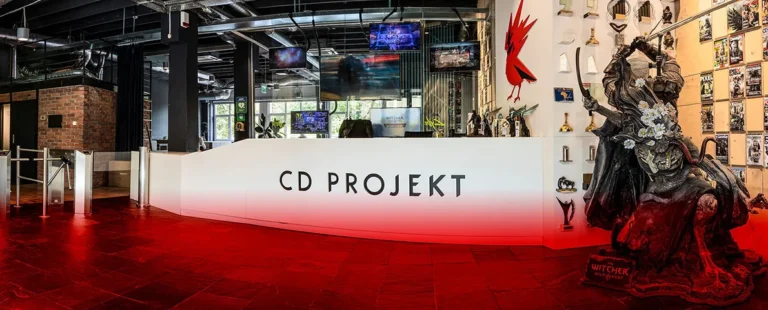Royalty-Free Images: A Comprehensive Guide
In the digital age, visuals play a crucial role in capturing audience attention and enhancing content engagement. However, obtaining high-quality images can be a challenge, especially for individuals and businesses operating on a budget. This is where royalty-free images come into play, offering a convenient solution for accessing professional visuals without breaking the bank.
Understanding Royalty-Free Images
What are Royalty-Free Images?
Royalty-free images refer to photographs, illustrations, and graphics that are available for use without the need for ongoing payments or royalties. Once acquired, these images can be used multiple times across various projects without incurring additional costs.
Benefits of Using Royalty-Free Images
Cost-effectiveness
One of the primary advantages of royalty-free images is their affordability. Unlike traditional stock photography, which often requires payment for each use, royalty-free images typically involve a one-time fee or even free access, making them a budget-friendly option for content creators.
Versatility and Accessibility
Royalty-free image libraries offer a diverse range of visuals suitable for different purposes and industries. From business presentations to social media posts, users can easily find relevant images to complement their content. Additionally, these images are readily available online, allowing for instant downloads and seamless integration into projects.
Legal Protection
Using copyrighted images without proper authorization can lead to legal repercussions, including hefty fines and potential lawsuits. Royalty-free images provide users with the necessary licensing permissions to use the visuals legally, minimizing the risk of copyright infringement.
Where to Find Royalty-Free Images
Stock Photo Websites
Numerous websites specialize in providing royalty-free images for personal and commercial use. Platforms like Shutterstock, Adobe Stock, and Unsplash offer vast collections of high-quality photographs and illustrations, catering to diverse content needs.
Creative Commons
Creative Commons licenses allow creators to share their work with specific usage permissions. Websites such as Flickr and Wikimedia Commons host a plethora of images under Creative Commons licenses, allowing users to search for and use visuals according to the specified terms.
Public Domain
Images in the public domain are not subject to copyright restrictions, meaning they can be used freely without attribution or licensing fees. Websites like Pixabay and Public Domain Pictures offer a wide selection of public domain images suitable for various projects.
Factors to Consider When Choosing Royalty-Free Images
Resolution and Quality
When selecting royalty-free images, it’s essential to consider the resolution and quality to ensure optimal visual appeal. High-resolution images are ideal for print materials and large-scale projects, while lower-resolution images may suffice for online use.
Licensing Restrictions
While royalty-free images grant users the right to use the visuals, certain licensing restrictions may apply. For instance, some images may be designated for non-commercial use only, while others may require attribution to the original creator. Reviewing the licensing terms beforehand can help avoid any legal complications.
Relevance to Content
Choosing images that align with the content’s theme and message is crucial for maintaining coherence and resonance with the audience. Whether it’s a blog post, marketing campaign, or presentation, selecting visually relevant images enhances the overall impact and effectiveness of the content.
Tips for Using Royalty-Free Images Effectively
Editing and Customization
Royalty-free images can be customized to suit specific requirements and preferences. Utilizing editing tools such as Adobe Photoshop or Canva allows users to adjust colors, add text overlays, and enhance visual elements to align with the brand’s aesthetics.
Attribution and Crediting
While not always mandatory, providing attribution to the original creator is a common courtesy when using royalty-free images, especially those licensed under Creative Commons. Including a brief acknowledgment or link to the source helps promote the work of the photographer or illustrator.
Complementing Content
Rather than serving as mere decorations, royalty-free images should complement and reinforce the accompanying content. Selecting images that convey the intended message or evoke the desired emotions enhances the overall storytelling and engagement.
Common Misconceptions about Royalty-Free Images
Unlimited Usage
Contrary to popular belief, royalty-free does not equate to unlimited usage rights. While users are granted broad permissions to use the images, certain restrictions may still apply, depending on the licensing terms. It’s essential to review the terms of use carefully to avoid any misunderstandings.
Exclusive Ownership
Using royalty-free images does not grant exclusive ownership or copyright of the visuals. The original creators retain the rights to their work, allowing them to license the images to multiple users simultaneously. As such, users should refrain from claiming sole ownership or reselling the images as their own.
Conclusion
In summary, royalty-unfastened pix provide a value-effective and convenient solution for acquiring outstanding visuals for numerous initiatives. By information the advantages, sources, and satisfactory practices associated with royalty-free images, content material creators can decorate their visual storytelling and effectively interact their target market.
FAQs about Royalty-Free Images
1. Are royalty-free images free to use?
- While royalty-free images may be available for free or at a minimal cost, certain licensing terms and restrictions may apply. It’s essential to review the terms of use before using the images.
2. Can I edit royalty-free images to suit my needs?
- Yes, most royalty-free images can be edited and customized to align with specific requirements and preferences. However, it’s crucial to respect any licensing restrictions and provide proper attribution if necessary.
3. Do I need to credit the original creator when using royalty-free images?
- While not always mandatory, providing attribution is considered a best practice, especially for images licensed under Creative Commons. Giving credit to the original creator helps promote their work and acknowledges their contribution.
4. Can I use royalty-free images for commercial purposes?
- Yes, many royalty-free images are suitable for commercial use, allowing businesses to incorporate them into marketing materials, advertisements, and other commercial projects. However, it’s essential to review the licensing terms to ensure compliance.
5. Where can I find high-quality royalty-free images?
- There are numerous websites and platforms dedicated to providing royalty-free images, including stock photo websites, Creative Commons repositories, and public domain archives. It’s advisable to explore multiple sources to find the best images for your needs.






